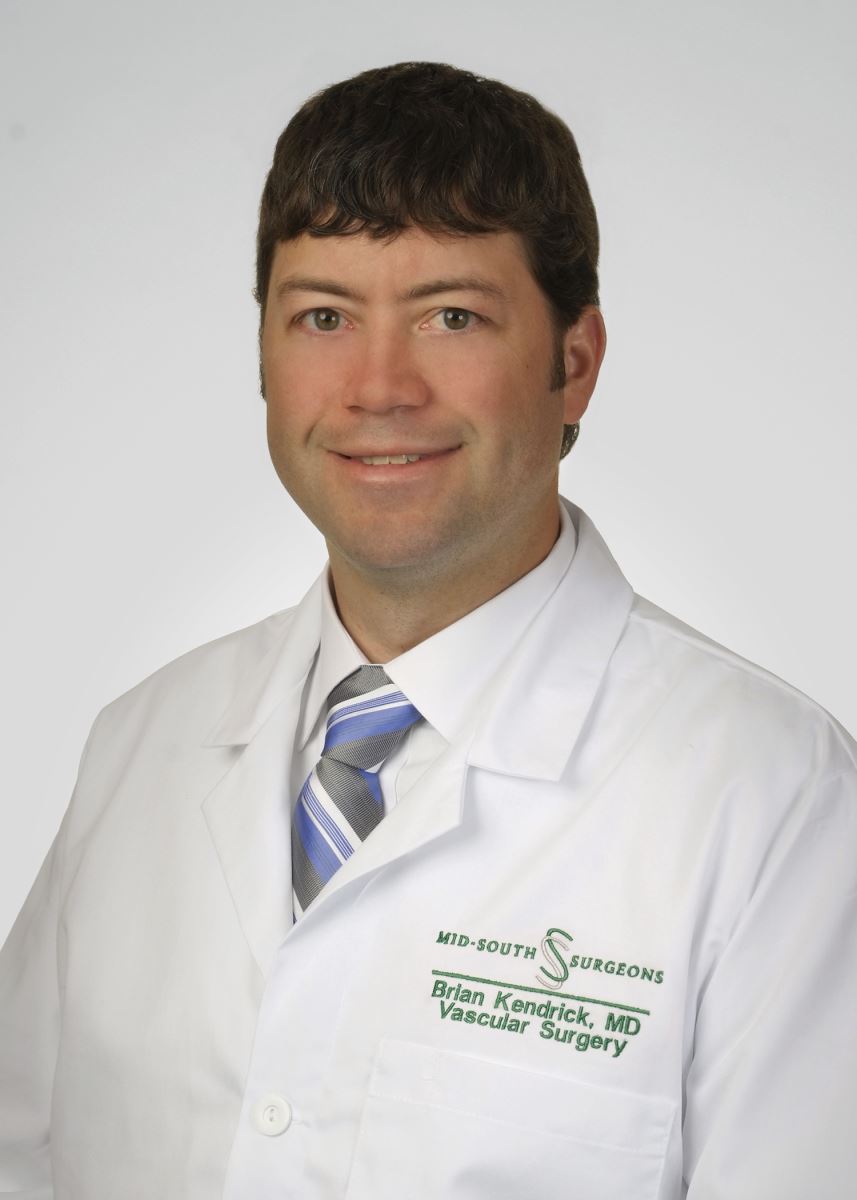Peripheral artery disease (PAD) is a form of cardiovascular disease that results in the buildup of fatty deposits in arteries that limit or block blood flow. It most often affects the legs but may also affect the arms or other parts of the body.
“Those who are diagnosed with PAD are at a higher risk for developing conditions that can lead to heart attack and stroke, so early detection is important,” said Brian Kendrick, MD, a vascular surgeon on the Maury Regional Health medical staff associated with The Surgical Clinic Columbia.
If you have been diagnosed with PAD, you may be concerned about how this condition will affect your life. The good news is that with a few healthy lifestyle changes, you can not only live with this condition but may even be able to halt the progression of the disease or reverse any symptoms you are experiencing.
Here are seven ways to improve your health and quality of life if you have PAD:
- Walk more. One of the most common symptoms of PAD is pain when you are walking. Although it may seem counterintuitive to recommend walking to improve your PAD symptoms, it’s one of the best things you can do because it gets your blood flowing.
“If you experience pain when walking, take a break and wait for the pain to subside, then resume your walk,” Dr. Kendrick said. “You may have to start slowly, but the more you do it, the better you’ll start to feel, and the longer you’ll be able to walk.”
- Do other exercises, too. If you find walking difficult or boring, there are other ways to be physically active. Consider swimming, riding a bicycle or doing yoga. The key is to find something you enjoy doing so you’ll stick with it.
- Eat a heart-healthy diet. What’s good for your heart is also good for your legs if you have PAD. Following a heart-healthy diet that’s rich in vegetables, fruits, whole grains, beans and legumes, lean meats and healthy fats helps keep your cholesterol and weight under control. This can help ease PAD symptoms and halt the progression of the disease.
- Take care of your legs and feet. Since PAD causes reduced blood flow, it can result in pain, numbness and other symptoms that affect your lower extremities, such as slow healing. Treat your legs and feet well by wearing comfortable and supportive shoes. Stretch before and after activity and wiggle your toes often to improve circulation. Check your feet and legs for anything that doesn’t look right, including sores, cracks or signs of infection. Keep your feet clean and dry and moisturize your skin so it doesn’t dry out. If your feet get cold (a common symptom of PAD), wear thick, dry socks to keep them warmer.
- Don’t smoke. If you smoke, a PAD diagnosis is the perfect time to quit. Smoking makes it harder for your arteries to carry blood throughout your body. Quitting not only helps improve symptoms of PAD but may lower your risk of having a heart attack or stroke. Not smoking can improve your health in many other ways, too.
- Manage other health conditions. If you have high blood pressure, high cholesterol or diabetes, it can make your PAD worse. As you manage these other conditions, you’ll also be helping to manage PAD.
- Avoid certain medications. Any drugs that narrow your blood vessels may make your PAD symptoms worse. One common culprit is over-the-counter cold and allergy medicines that contain pseudoephedrine. Check labels and avoid medicines containing this ingredient.
If you need assistance managing PAD or experience symptoms, such as pain or weakness in the legs, hair loss on the legs, smooth and shiny skin, decreased pulse in the feet or cold or numb toes, talk with your physician about treatment options.

Brian Kendrick, MD
Copyright 2023 © Baldwin Publishing, Inc. Health eCooks® is a registered trademark of Baldwin Publishing, Inc. Cook eKitchen™ is a designated trademark of Baldwin Publishing, Inc. Any duplication or distribution of the information contained herein without the express approval of Baldwin Publishing, Inc. is strictly prohibited.
Date Last Reviewed: July 19, 2023
Editorial Review: Andrea Cohen, Editorial Director, Baldwin Publishing, Inc. Contact Editor
No information provided by Baldwin Publishing, Inc. in any article is a substitute for medical advice or treatment for any medical condition. Baldwin Publishing, Inc. strongly suggests that you use this information in consultation with your doctor or other health professional. Use or viewing of any Baldwin Publishing, Inc. article signifies your understanding and agreement to the disclaimer and acceptance of these terms of use.